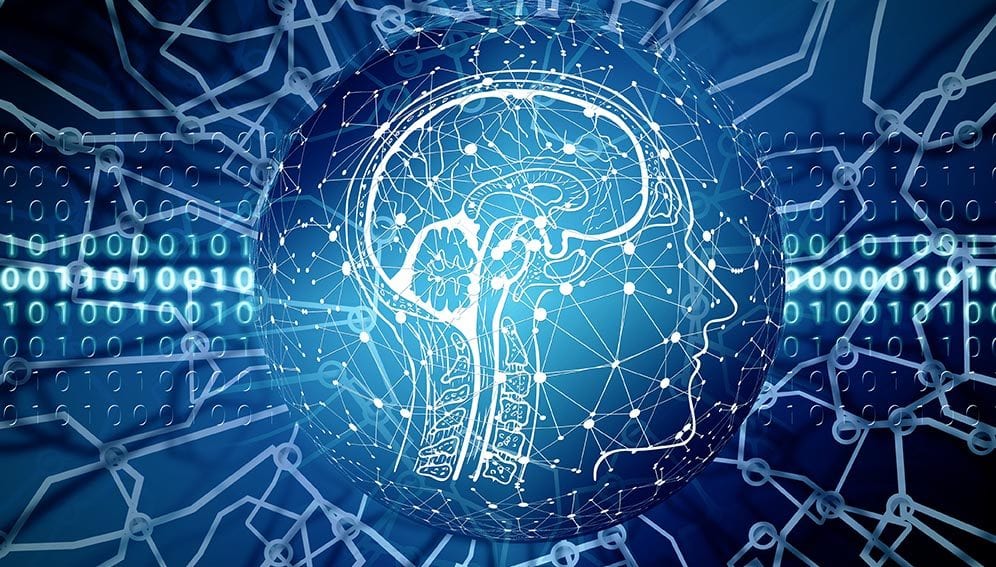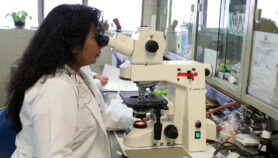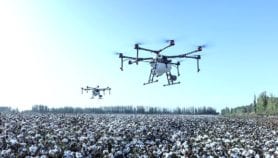23/10/19
AI needs regulation and connectivity to tackle poverty

By: Ruth Douglas
Send to a friend
The details you provide on this page will not be used to send unsolicited email, and will not be sold to a 3rd party. See privacy policy.
Digital technology is transforming agriculture, along with every sector of development from health and education to urban planning and conservation. Now, so-called frontier technologies such as AI offer even greater potential.
But will AI live up to the hype? And what are the risks of its rapid rise in development settings?
In this Spotlight, we look at some of the ways in which AI is being used for social good and economic development in Africa, Asia and Latin America, and the challenges this technology presents.
In Latin America, scientists, researchers and entrepreneurs are using AI for a host of health applications – predicting dengue outbreaks, or psychiatric disorders, or diagnosing Alzheimer’s. “AI will change the whole of medicine,” says Santiago Miriuka, a researcher for Argentina’s National Scientific and Technical Research Council.
But researchers also underline the need for more coordination and investment in these technologies and say real-world applications are still lacking.
In Senegal, authorities are pioneering “smart cities” as a means of tackling burgeoning urbanisation, with AI used to control transport, waste management and even care services. But poor connectivity is a huge obstacle to the emergence of these intelligent cities across the continent, according to AI researcher Seydina Moussa Ndiaye.
While smartphones may seem ubiquitous, mobile and data networks are still inadequate in many low-income countries, meaning many AI applications are a non-starter. This is a major challenge for organisations like India-based non-profit Wadhwani AI, which develops AI programmes for farming and healthcare, to tackle cotton pests, TB and low birthweights.
Neeraj Agrawal, senior programme director, says governments and programme implementers need to understand not only what AI can do, but also what problems it cannot solve. And he believes that partnerships are crucial.
A joint report on AI in public service delivery by the UN Economic and Social Commission for Asia and the Pacific (ESCAP) and Google published this month makes the same point. It highlights the importance of public private partnerships to bring industry knowledge and expertise to government initiatives. Governments must develop frameworks to regulate these partnerships and increase public access to information on AI projects, it says. And these projects must be customised to their cultural, linguistic and organisational settings.
AI technology allows for vast amounts of data collection, for example. But what is done with this data and how can ordinary people be protected from its misuse?
Regulation is a word that comes up time and again when talking to experts about AI in development. It is an issue which is being grappled with worldwide, but low-income countries are particularly vulnerable to the lack of regulation in this fast-moving field.
Effy Vayena, a researcher of health ethics at ETH Zurich university in Switzerland warns of the dangers of “some other kind of colonialism” as big western firms expand in low-income countries in return for their data.
In 2017, Canada became the first country in the world to introduce an AI strategy, and the country’s International Development Centre (IDRC) published a white paper the following year on AI and human development. It outlined a number of risks, including the threat to privacy and risk of exacerbating existing inequalities by superimposing societal bias on AI applications. The loss of jobs that comes with increased automation was also cited as a concern.The paper identifies three areas where action is needed: policies and regulations; inclusive and ethical AI applications; and infrastructure and skills. And it points to the urgent need for research in all of these areas.
Connectivity and infrastructure gaps in the Global South clearly need addressing if AI is to fulfil its potential. Investment is needed in research and training. But just as important are the regulatory and legal frameworks to safeguard ordinary people from any negative repercussions of this technology.
If these challenges can be addressed, AI could be instrumental in lifting billions out of poverty.













